“Bourgogne Côte d’Or”
Posted on November 25, 2017
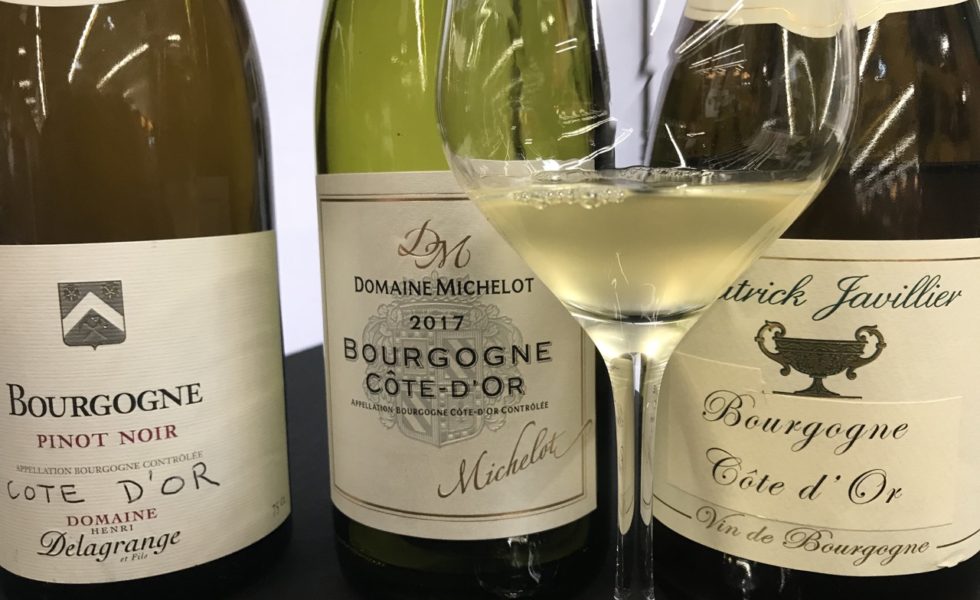
A brand new premium regional Burgundy
By Panos Kakaviatos for wine-chronicles.com
25 November 2017
Much of this text was published in Wine Business International yesterday, Friday November 24.
I recall hearing about a new level of regional Bourgogne wine, already a few years back at a press conference held in Beaune. It was supposed to represent the best of regional Burgundy, with grapes used only from Côte d’Or vineyards. It seemed to be taking a long while to get French appellation authority approval, but here is it.
The Bourgogne Wine Council announced this month a new premium level Burgundy regional wine made from only Pinot Noir or Chardonnay grown in Côte d’Or vineyards.
As the 14th regional Bourgogne AOC, Bourgogne Côte d’Or represents the top end of the regional appellations, explained Pierre Gernelle, general manager of the union of Burgundy negociant houses and producers.
“As we see Burgundy regional appellation wines getting more attention in the marketplace, we want to provide a better promise of terroir, because we are in Burgundy,” he explained. Check out my video interview with Pierre below.
In addition to the requirement that only Pinot Noir and Chardonnay is used from villages stretching across the Côte de Beaune and Côte de Nuits, Bourgogne Côte d’Or will have stricter plantation density requirements, set at a minimum of 9,000 plants per hectare, compared to a minimum of 5,000 plants per hectare for the other Bourgogne regional appellations. Production potential is estimated at 1,000 hectares, with about two-thirds red and one-third white.
Consumers will benefit from a more specific teroir-driven Bourgogne, explained Alberic Bichot of of Maison Albert Bichot. “If you have a Bourgogne that is near Pommard, that will be better than one that comes from Macon,” he explained. Read More
First impressions of Bourgogne 2017
Posted on November 19, 2017
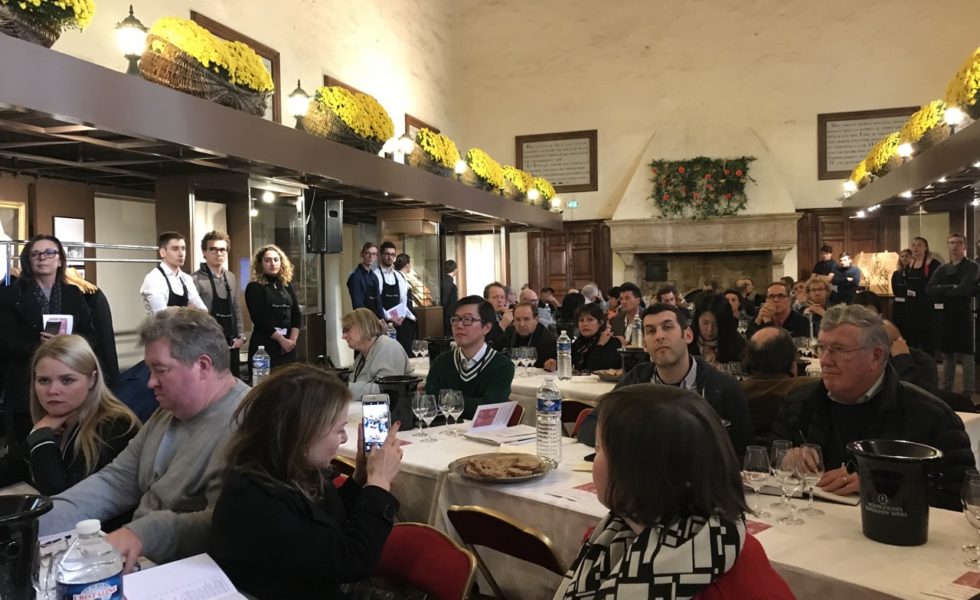
Early impressions: a bit too low acidity for some whites, better overall from reds
By Panos Kakaviatos for wine-chronicles.com
19 November 2017
Based on a tasting of wines – to be sold today at auction at the famous Hospices de Beaune – the 2017 vintage seems to reflect a vintage where whites were more challenging and reds fairly bright and up front. Indeed, Ludivine Griveau, director of winemaking for the Hospices de Beaune domain, explained that some people were tempted to make lots of wine risking a bit of dilution.
Her team at the Hospices, by way of some green harvesting among other methods, kept yields low to maintain high concentration. Based on tasting these “prenatal” wines (the reds had not undergone malolactic fermentation, neither the whites except for the Batard Montrachet), the reds are pretty good if a touch uneven. As for the whites, some showed flabby characteristics, reflecting a concern for lower than average acidities. “It was important to harvest earlier, to maintain freshness,” said Griveau in the video, below. But lovely whites came through as well, from a very tasty Pouilly Fuissé to an elegant and bright Meursault Genevrières.
My tasting notes below – as usual if bold, I liked in particular. If red and bold, even more. If underlined, too, potential wine nirvana. It is hard to talk about nirvanas when tasting such young wines, however, so I stress “potential” wine nirvana… Read More
Charles Aznavour to preside over Hospices de Beaune
Posted on November 13, 2017
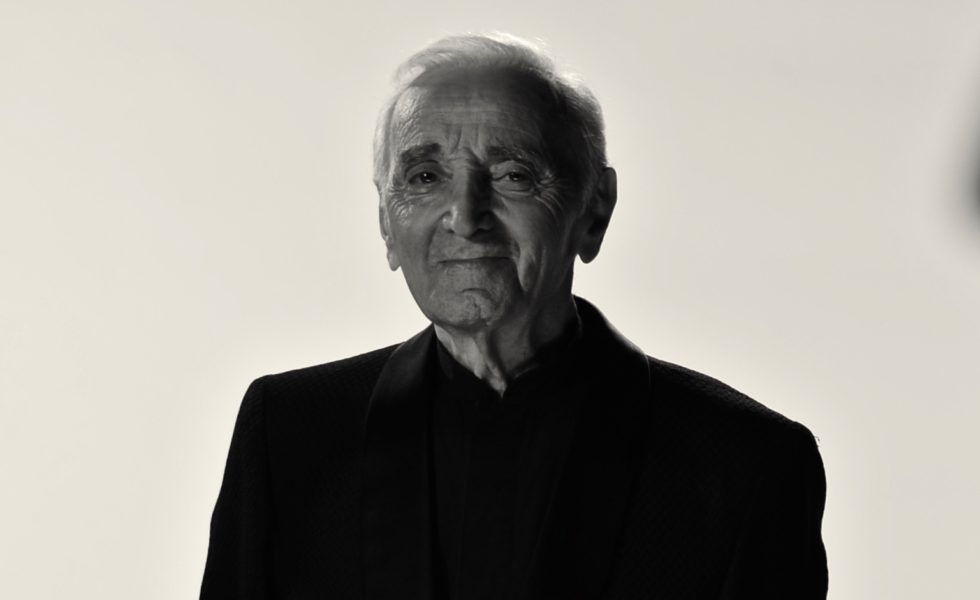
2017 proves “cruising speed vintage”
13 November 2017
By Panos Kakaviatos for wine-chronicles, with text culled from Bourgogne Wine Council press releases
In just a few days, world famous crooner and UN goodwill ambassador Charles Aznavour will join Agnès b., Julie Depardieu and Marc-Olivier Fogiel as presidents of the 157th Hospices de Beaune auction, which takes place this year on Sunday 19 November. His cause this year will be Alzheimer’s disease. The other presidents will raise money for other worthy causes.
And I’ll be there again to track results, which often reflect worldwide demand for a given vintage.
Before we get into the auction, how it works and why such famous people like Aznavour and Julie Depardieu are involved, let’s briefly take a look at the 2017 harvest…
About the harvest
I did not visit Bourgogne (the French word for Burgundy) this year for the harvest, but according to reports, the mood of vintners this year is one of both “relief and joy,” because 2017 marks a return to “cruising speed” after a series of vintages that had suffered significant weather whims, the 2016 in particular.
Indeed, this year’s auction reflects a healthier crop: 787 pièces (a Bourgogne barrel containing 228 liters) will go under the hammer this coming Sunday as opposed to only buy 596 in 2016
Mild weather at the end of winter into early spring led to an early and fast bud-burst. In mid-April, it took a few days for vines to produce their first covering of leaves, some 7-10 days ahead of the average over 1994-2016. From then on, vines grew at “breakneck speed,” thanks to the weather which offered sunshine, heat, and the odd welcome spell of rain. There was little disease, and spraying was reduced across the entire campaign, according to the Bourgogne Wine Council.
By mid-June, the plants were flowering, and the first fruit appeared soon after. The suggestion that this would be an early vintage was confirmed – still 7-10 days ahead of the average over 1994- 2016 – and the idea that harvesting would begin at the very start of September seemed increasingly likely.
2015 Bordeaux from bottle, part 1: Mostly Médoc wines
Posted on November 12, 2017
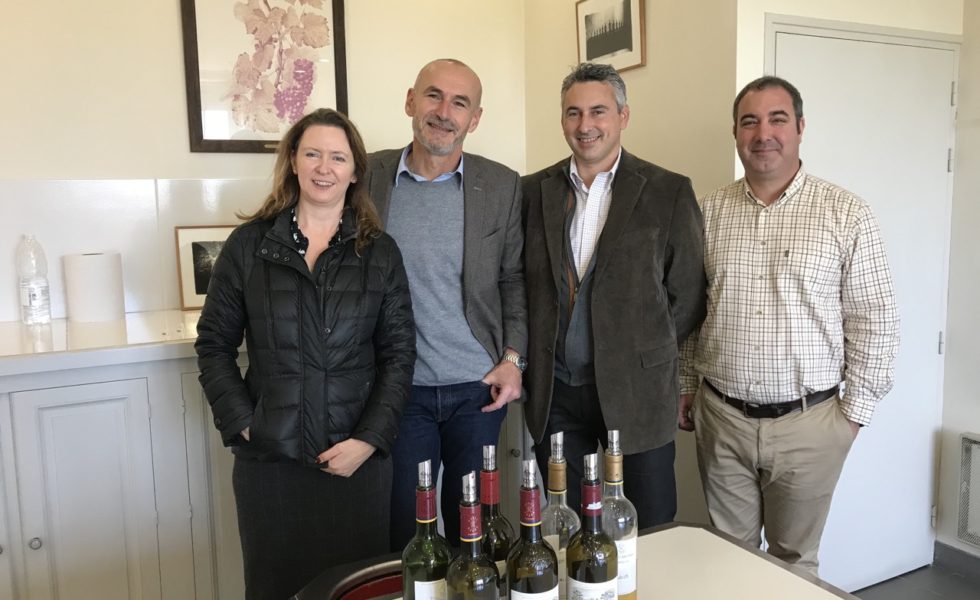
Margaux shines brightest
By Panos Kakaviatos for wine-chronicles.com
17 November 2017 – revised, with new video intro, below.
How good are Bordeaux 2015 from bottle? Based on two days of tasting top Médoc wines in early November this year, I would say quite good. It does not seem to reach the heights, on a more generalized level, of the 2016 vintage. In some cases – particularly in the northern Médoc – 2014 rivals and sometimes beats 2015.
The golden nugget in 2015?
As we had discovered from barrel tastings, the Margaux appellation’s veritable heights are unmatched by either 2016 or 2014. I pack many of my top Médoc wines at this early stage from bottle (among those tasted) with Margaux AOC wines.
It was a glorious time – and glorious Indian Summer like weather – tasting through scores of wines, often single blind, on Thursday and Friday, 2-3 November, with noted Bordeaux wine critic and wine author Jane Anson and fellow wine writer Yohan Castaing, whose excellent blog https://www.anthocyanes.fr, is worth reading if you can understand French.
Although we tasted most of the classified growths, along with a few Cru Bourgeois level wines, we did not assess Haut Brion, Latour and Mouton Rothschild. But we got to most all 1855 classification wines, beginning with Château Margaux, which in my book gets wine of the vintage among all Médoc wines tasted.
We ended tastings on Friday 3 November at Château Pichon Longueville Baron, where we assessed many Pauillacs blind, including the Baron, which is excellent in 2015.
Overall the Pauillacs were solid to great, lacking the consistency of 2016. Certainly 2014 can give 2015 in Pauillac a run for its money: from GPL to Pichon Comtesse, 2014 is a vintage that offers high quality at more affordable prices. While I enjoyed many Saint Juliens, I felt they were overall solid to great, but not spectacular with the exceptions of LLC and Ducru Beaucaillou. The big surprise was how well the Saint Estephes did. For example an excellent Calon Segur and an even more surprising Cos d’Estournel that tasted far better now from bottle than from barrel. To me at least.
Upon some reflection, here my overall “top ten” from the Médoc’s classified growths. My list is based only on wines from that region, however, from bottle (although I missed Mouton Rothschild and Latour). In at least a part 2 (if not parts 3 and 4 as well), I will assess wines from Graves, the Right Bank and its satellites, Cru Bourgeois, and Sauternes/Barsac, and their respective top tens… Stay tuned 🙂
As per usual, wines in bold I liked in particular. When bold and red, even more. And when underlined, too? Wine nirvana! Read More
16 vintages of Château Pichon Longueville Comtesse de Lalande
Posted on October 24, 2017
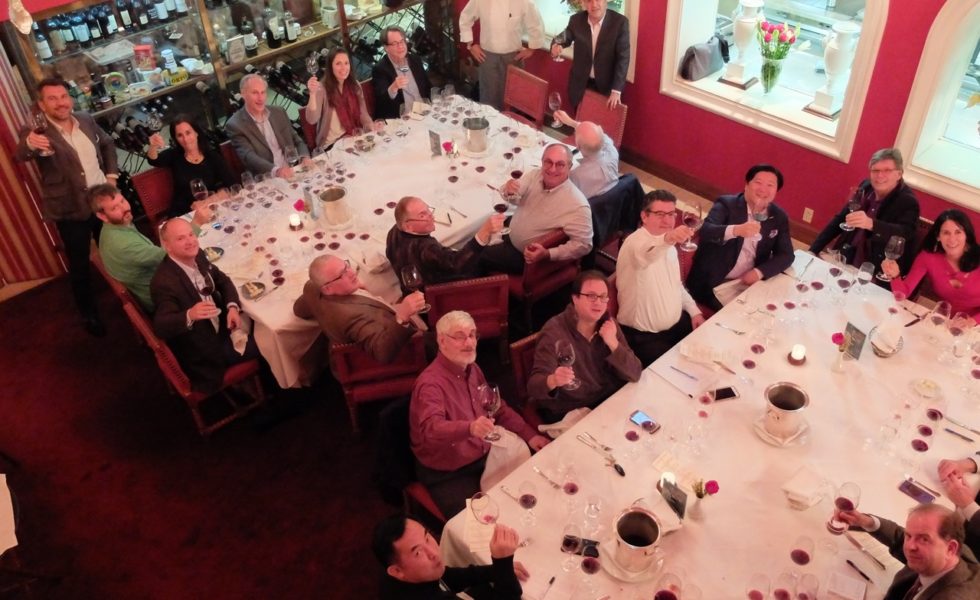
By Panos Kakaviatos for wine-chronicles.com
24 October 2017
For the third time this year, it was great to welcome a top Bordeaux wine to Washington D.C. After Château Montrose in January and Château Léoville Las Cases in March, this time it was Château Pichon Longueville Comtesse de Lalande, with estate director Nicolas Glumineau.
A triple hat trick in 2017 of super seconds? Why, yes!
We enjoyed a fine meal at Taberna Del Alabardero, accompanied by no less than 16 vintages of Pichon Comtesse, from 1975 to a barrel sample of 2016. All were delivered to MacArthur Beverages ex-château, with the exception of the 2002 vintage, donated – thanks so much Randy McFarlane – by one of our 24 dinner participants. And many thanks to Mark Wessels and the team at MacArthur’s, for covering the not insubstantial cost of importing the wines for the dinner: two bottles each of 14 vintages. Estate director Nicolas Glumineau brought over the two barrel samples of the 2016, which had been bottled and put on his flight.
The restaurant provided a spacious setting in alluring red colors, and with a balcony to boot. The photo from the balcony, above, was taken by blogger James Aaron Nix-Gomez. Thank you, Aaron!
Restaurant service was excellent, as was sommelier Maria Ortiz.
Maria and I opened all the bottles beforehand to check for faulty notes, and it was pretty amazing that none had any cork issues. Some seemed fresher than others among the older vintages – but that is natural. We double decanted almost every vintage (save for the 1975 and 1978) between three and six hours before they were served. Read More
 Wine Chronicles
Wine Chronicles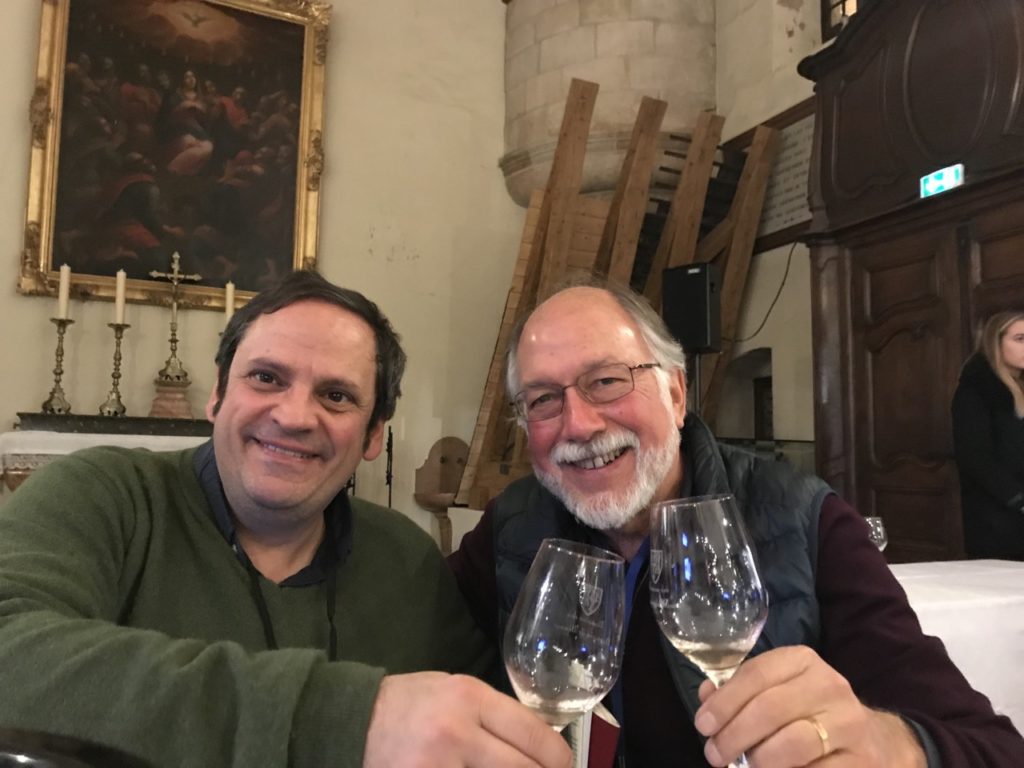
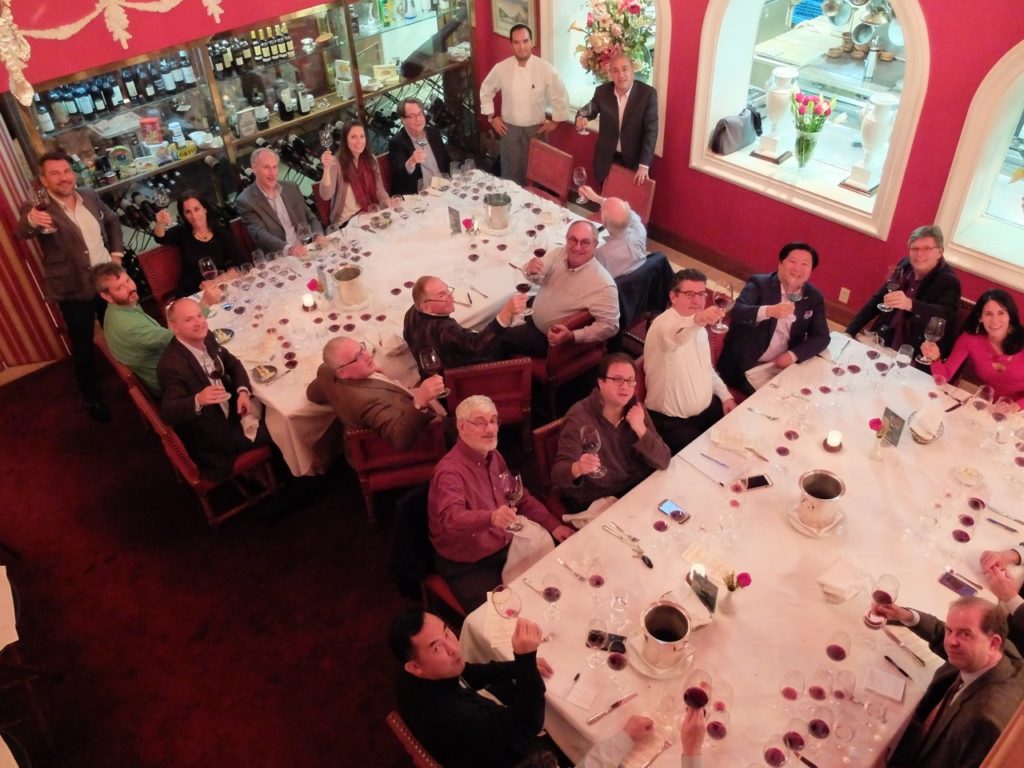
Recent Comments